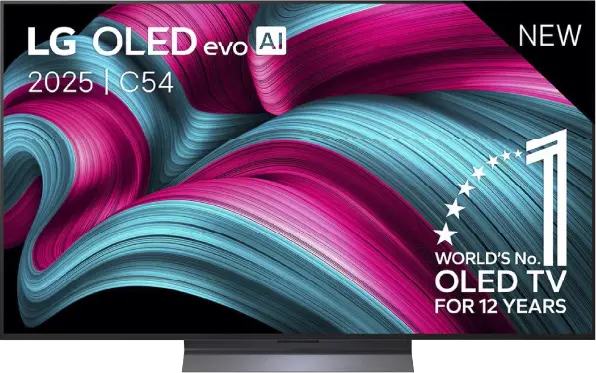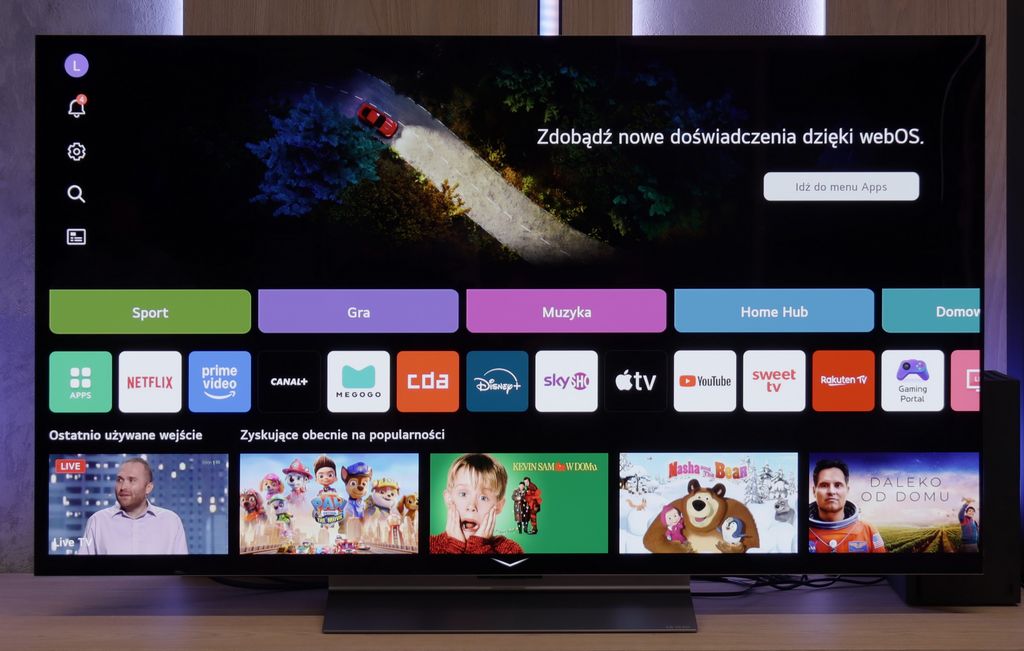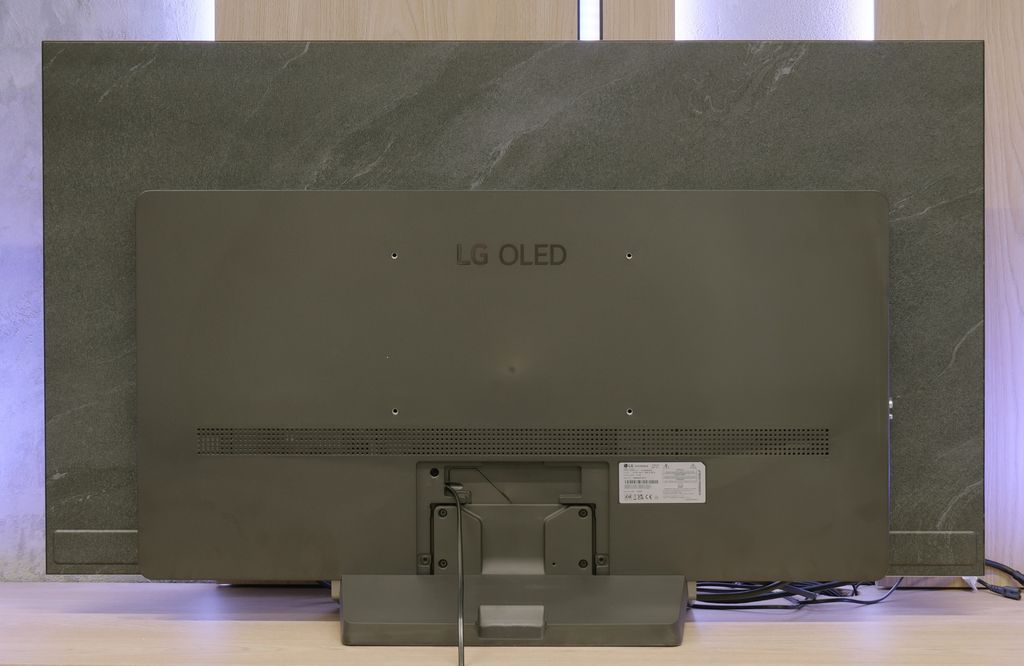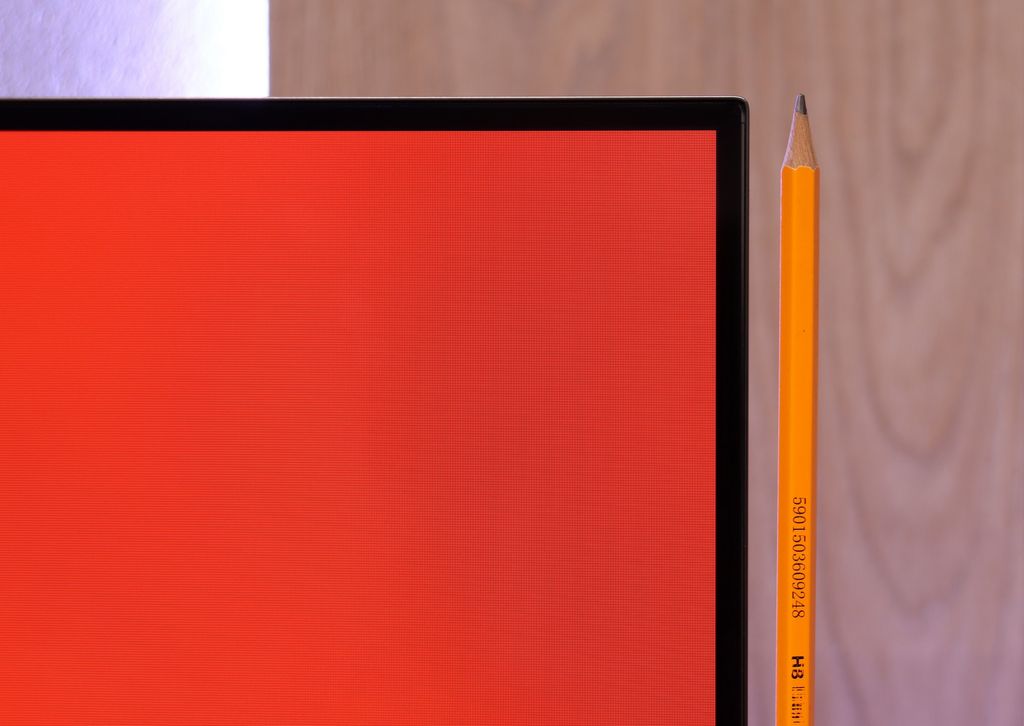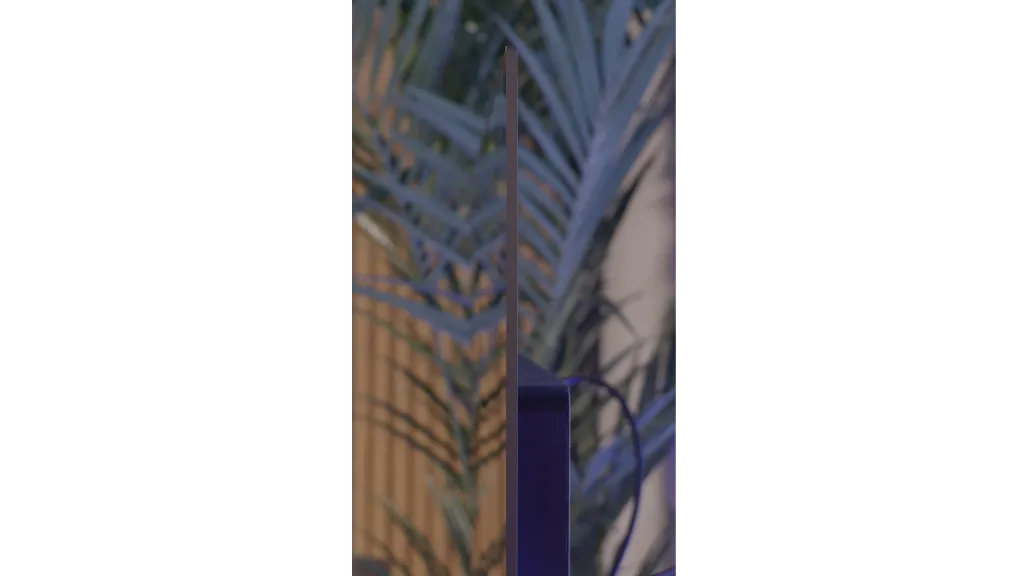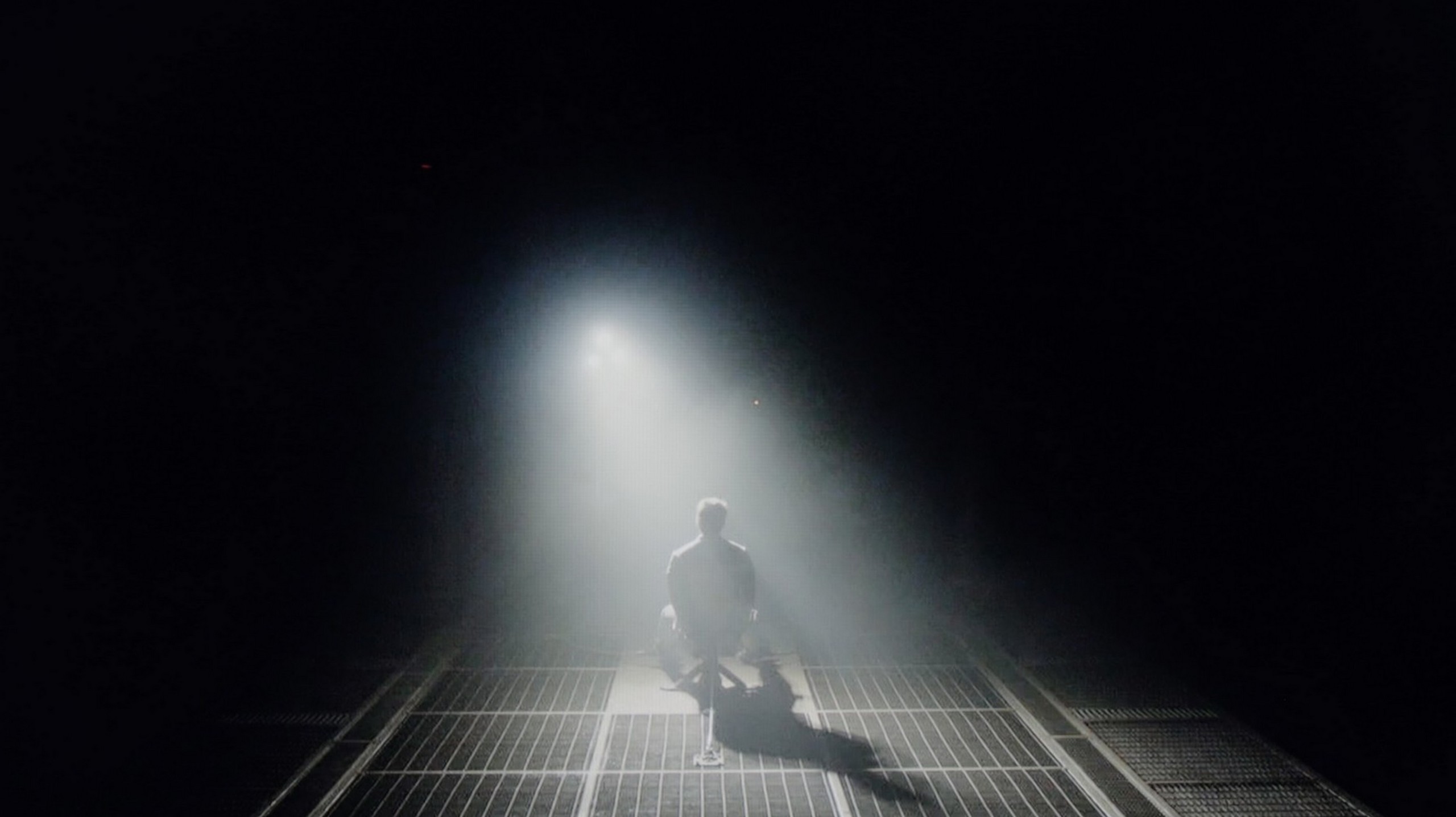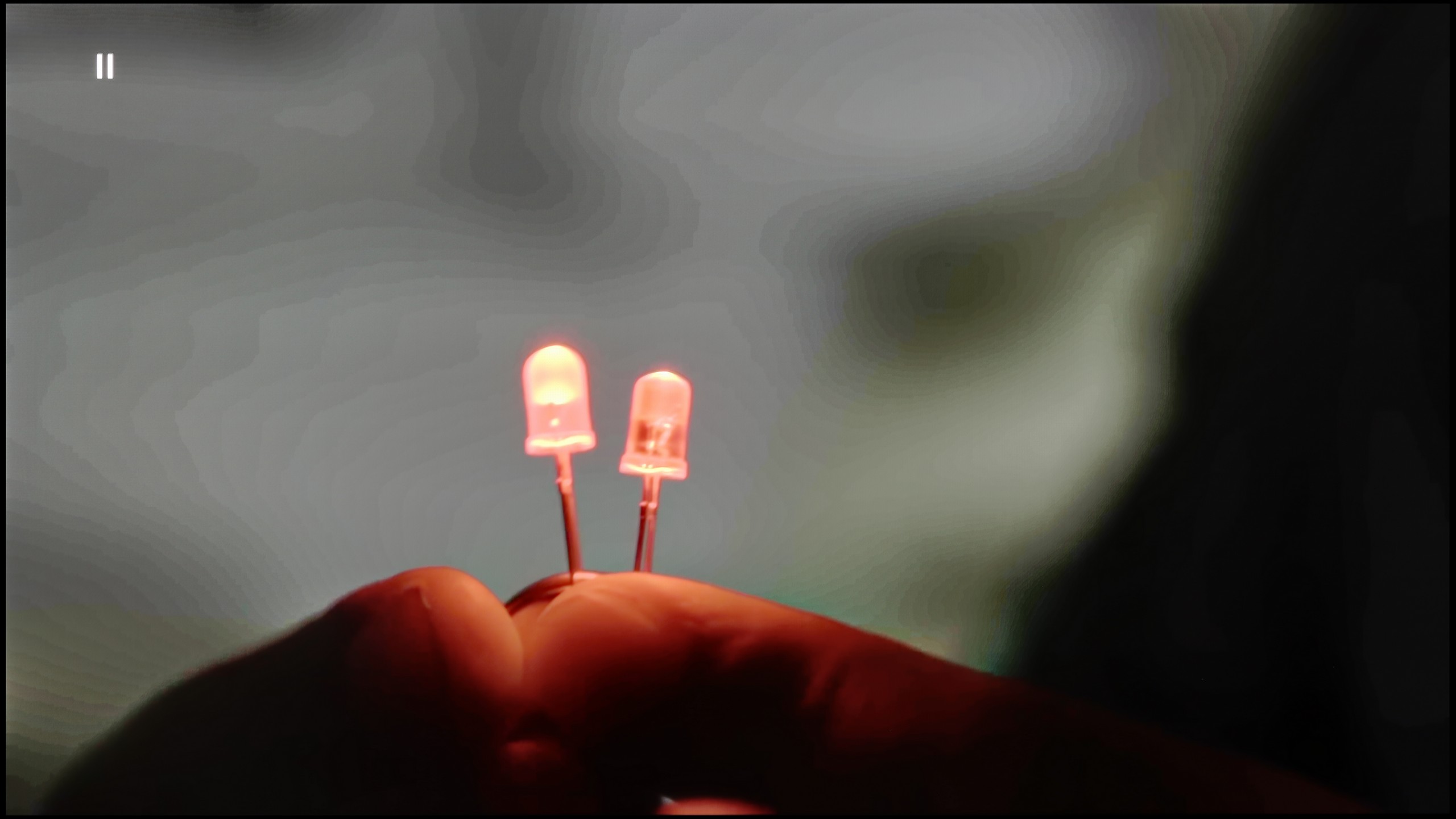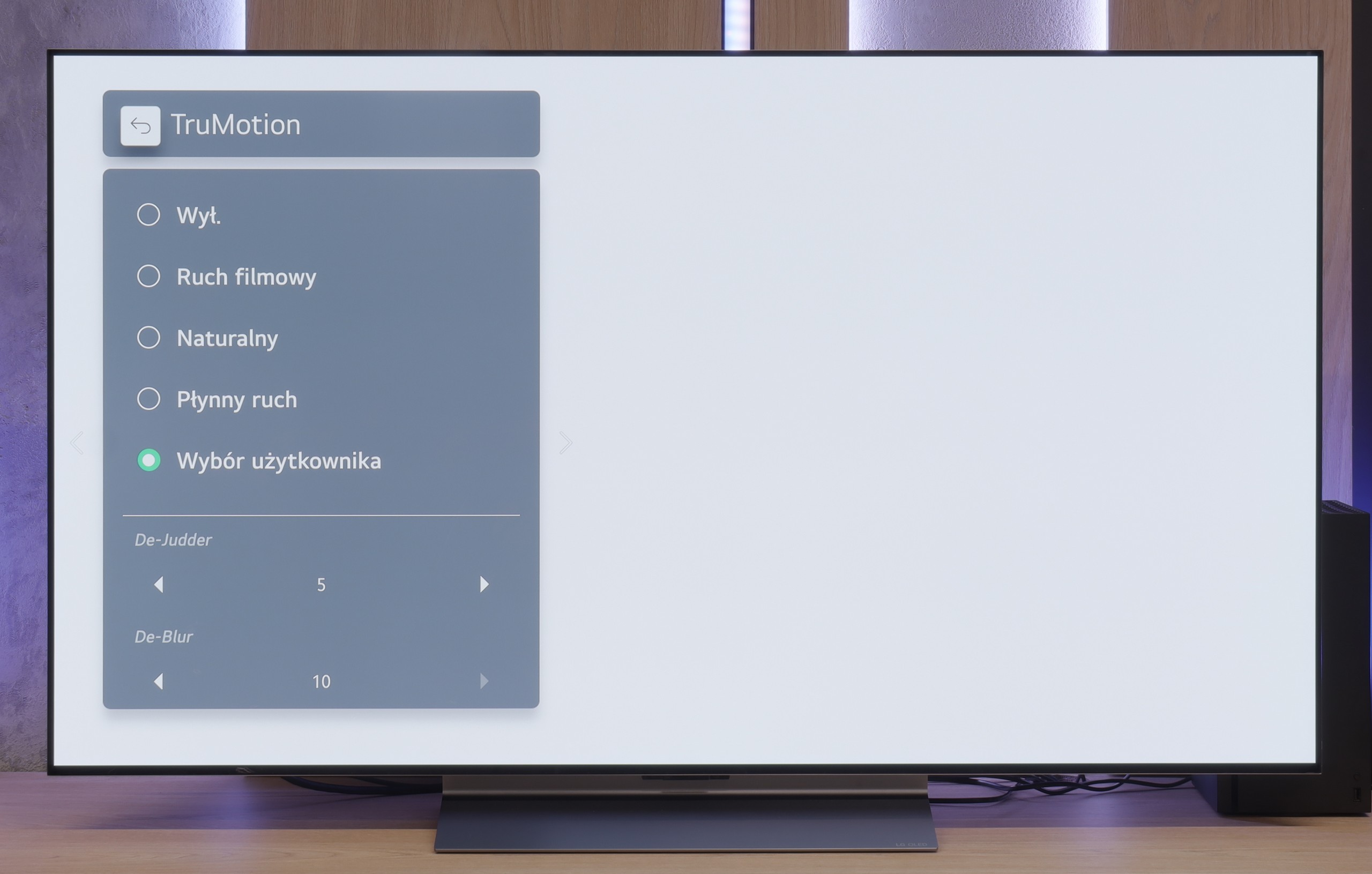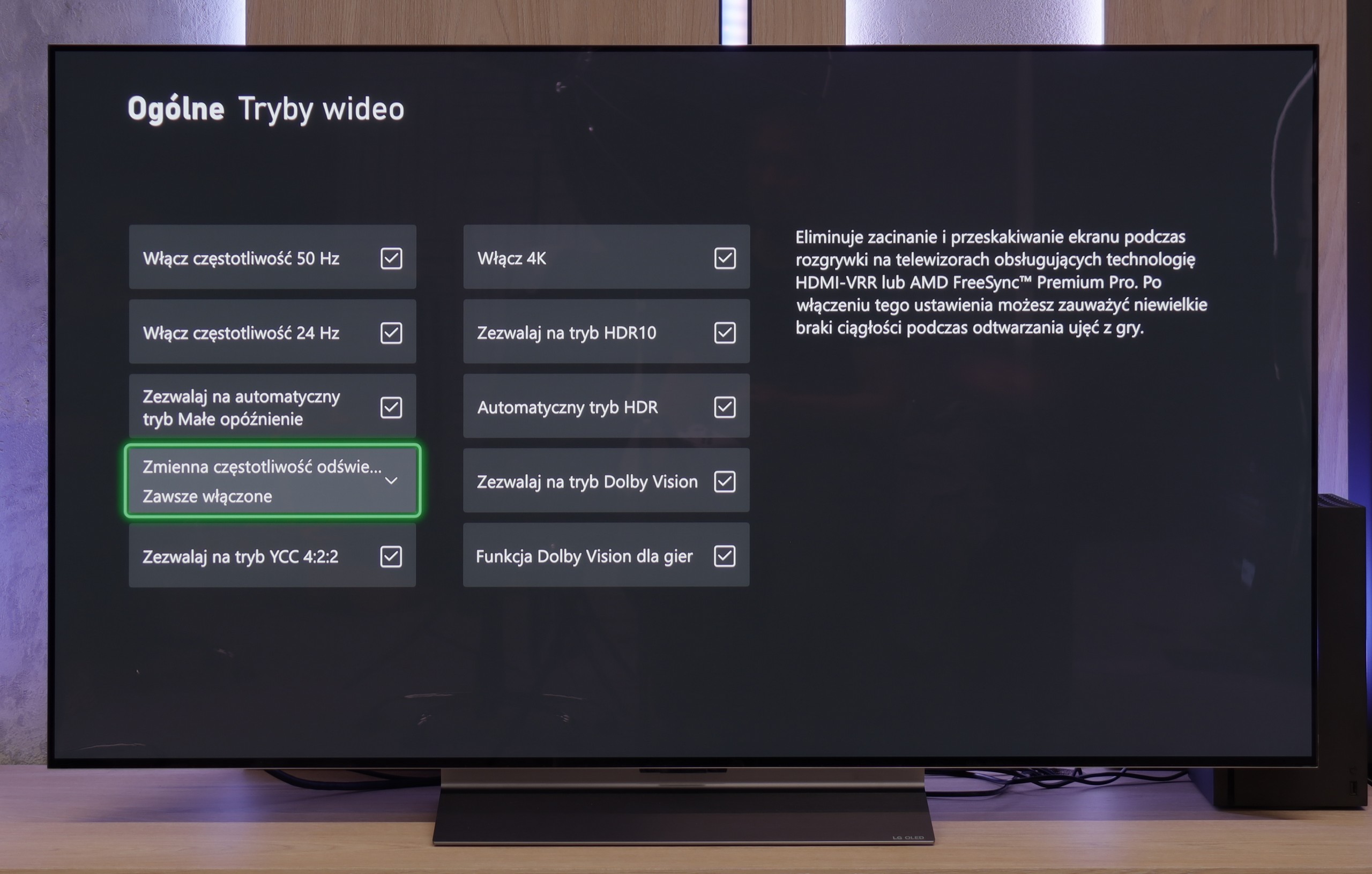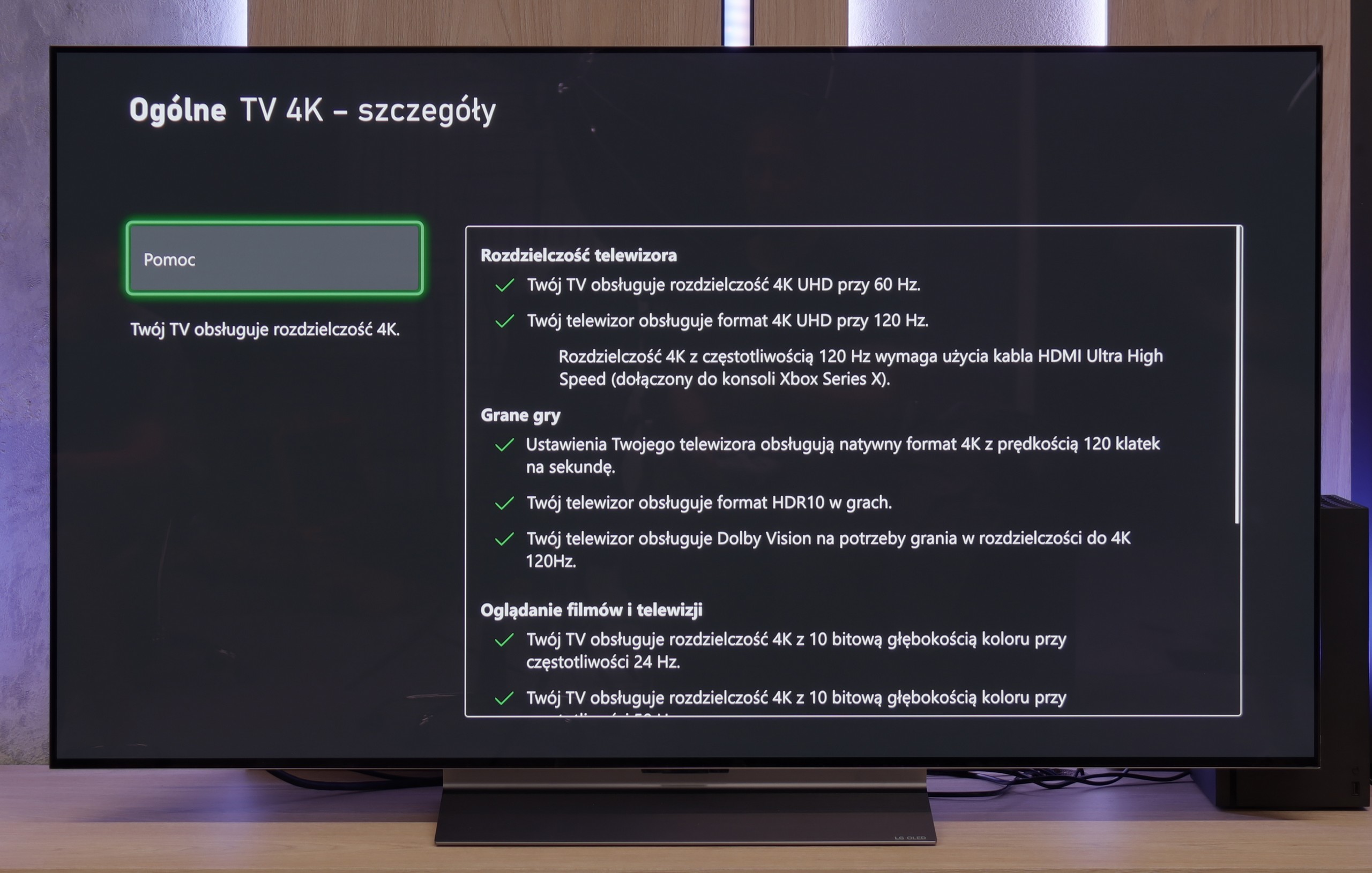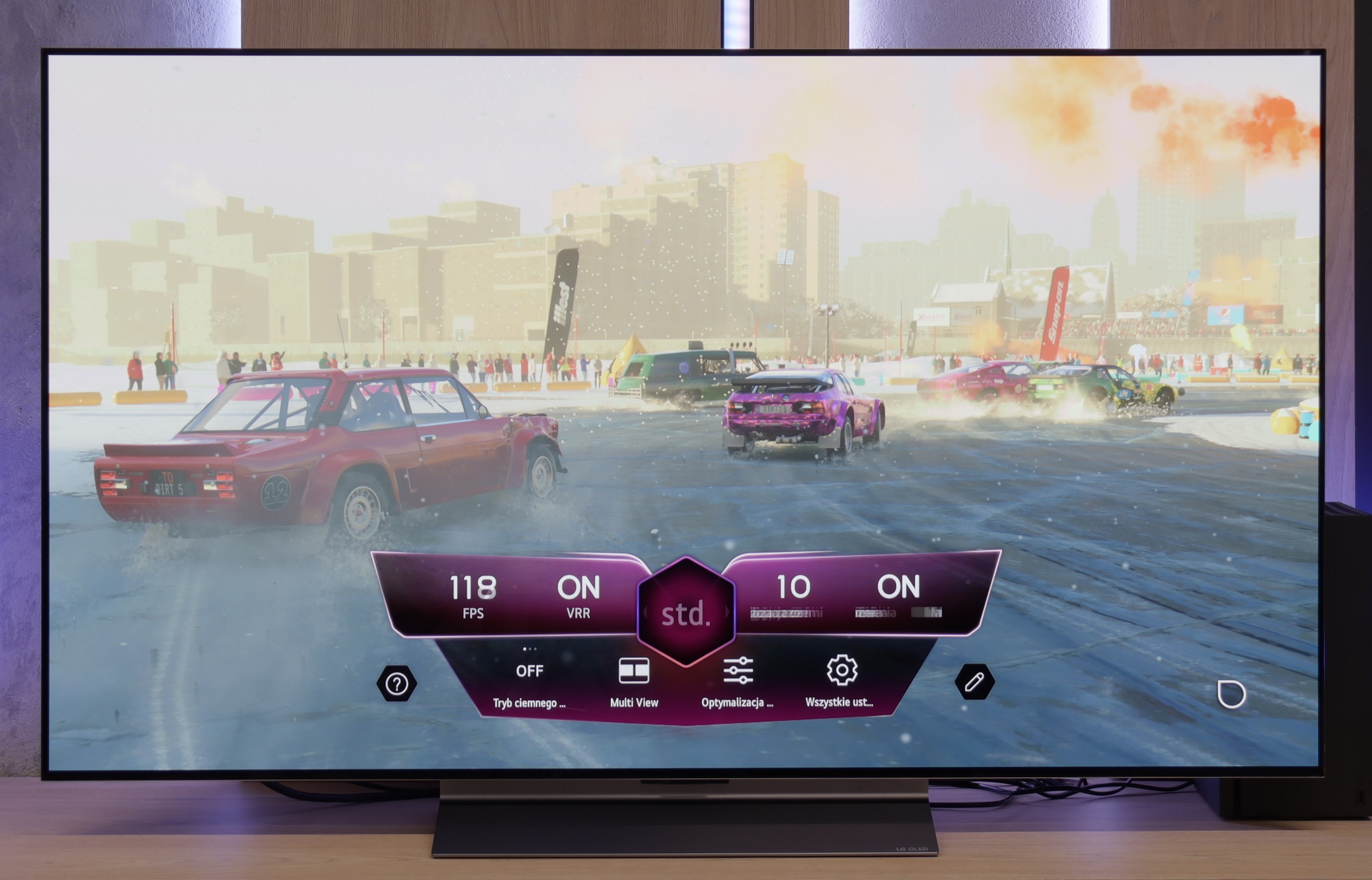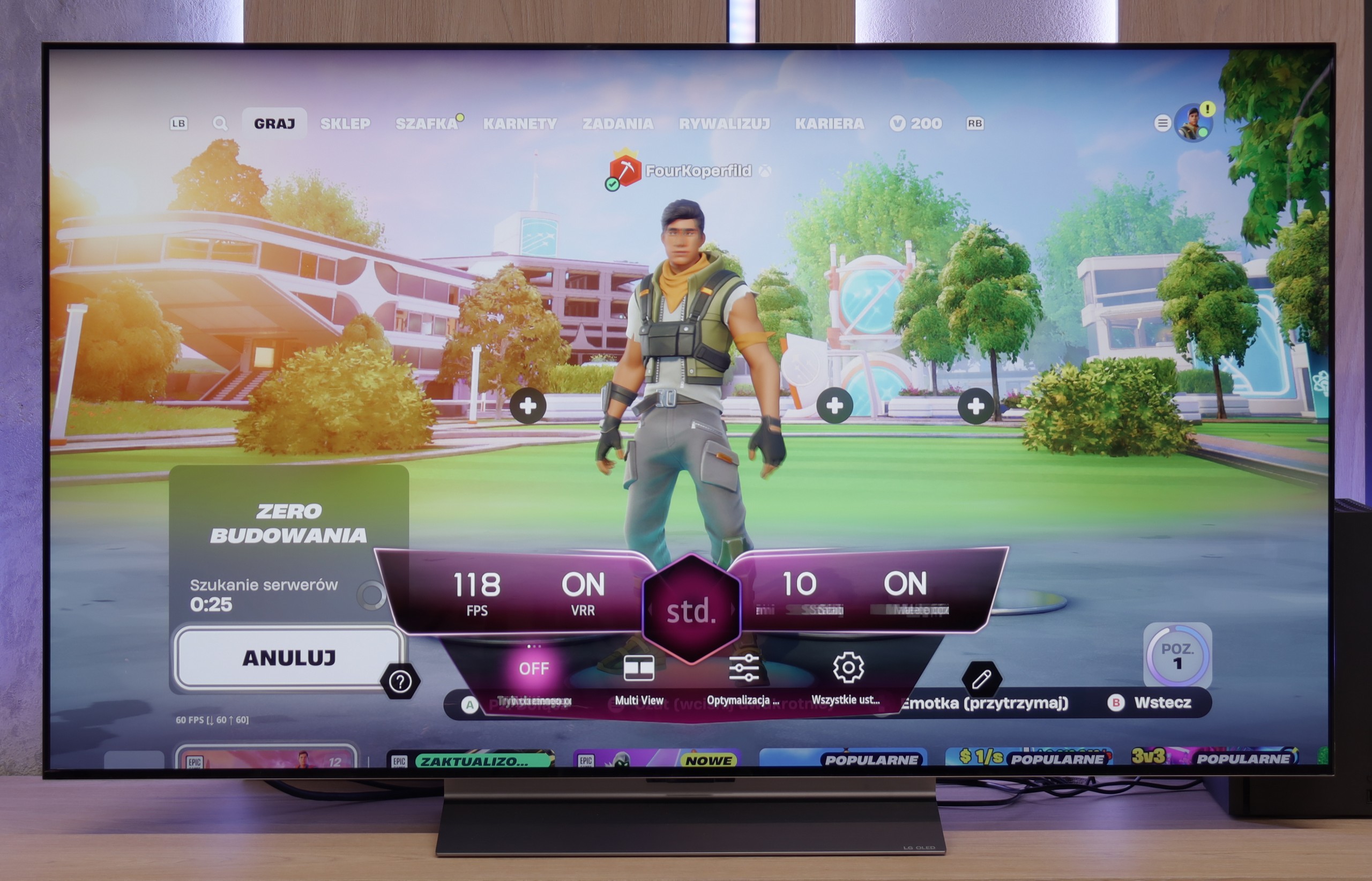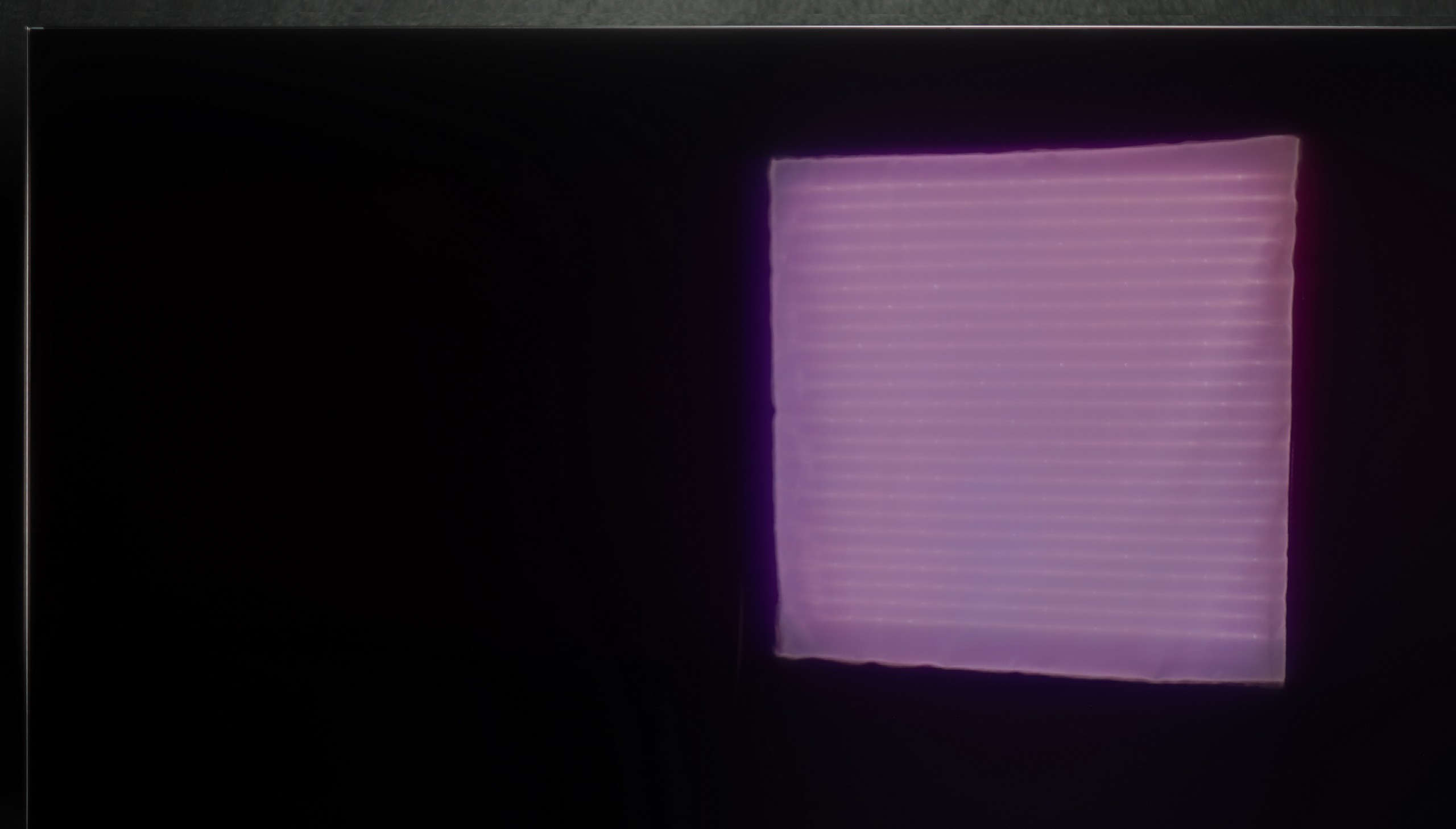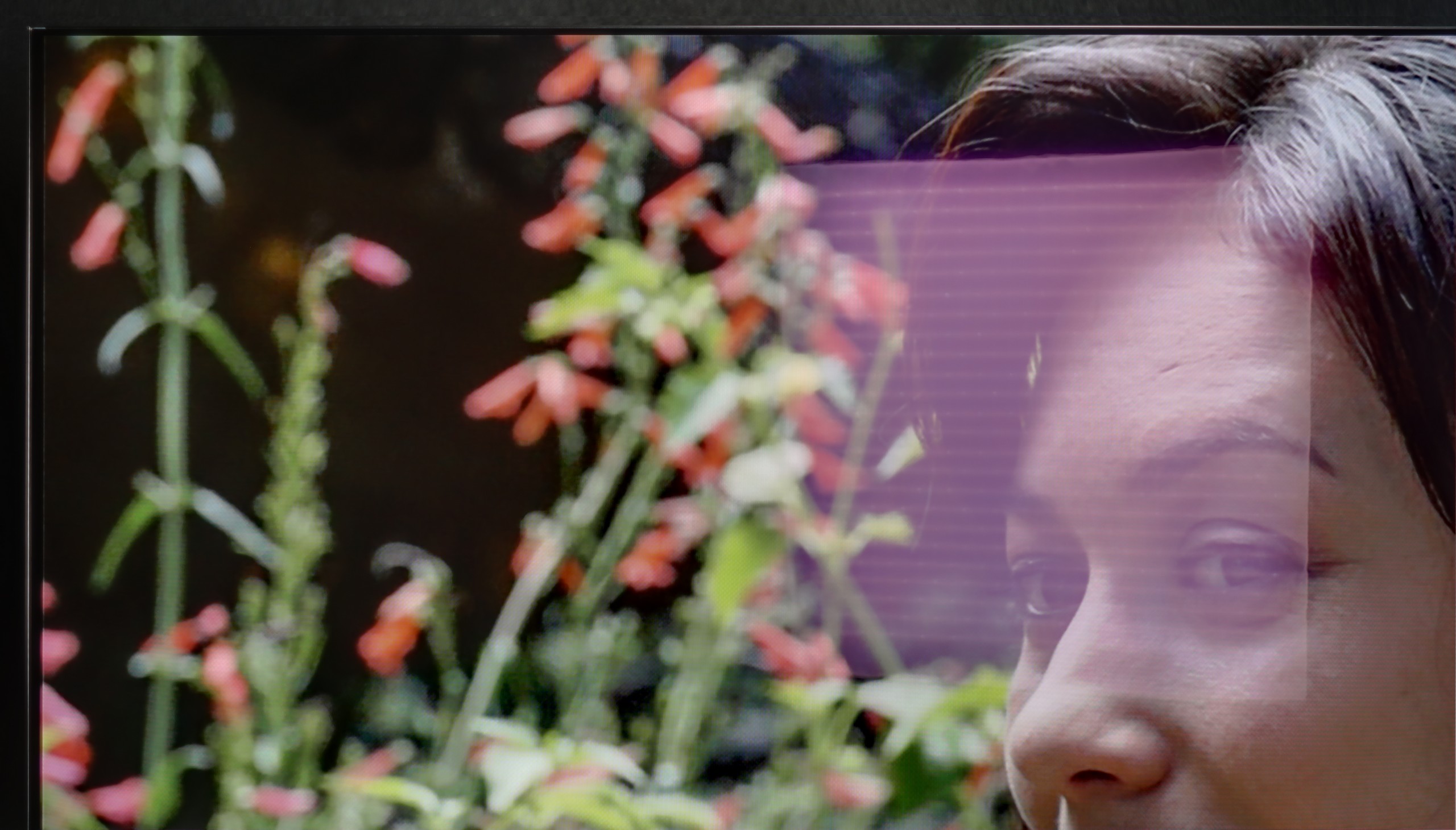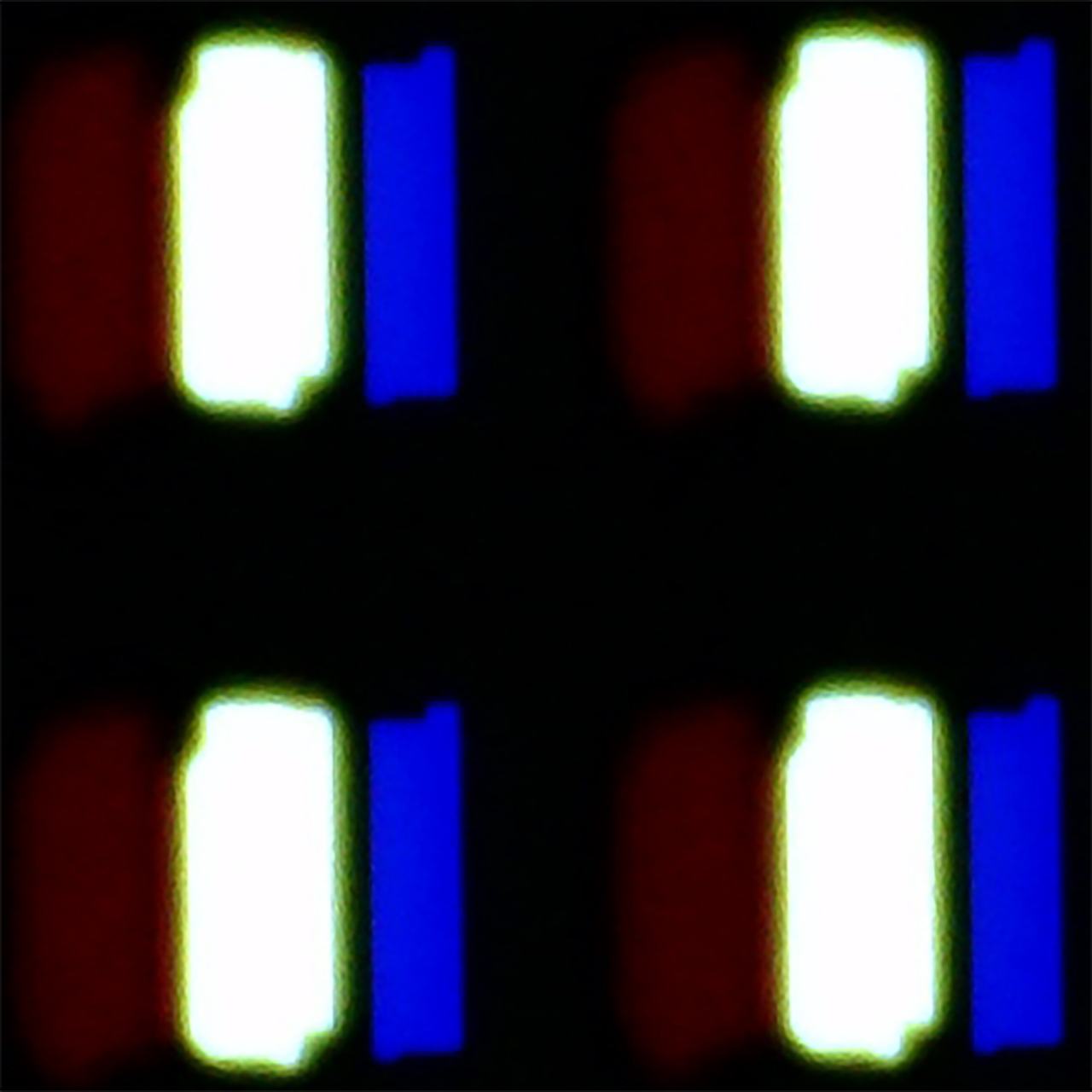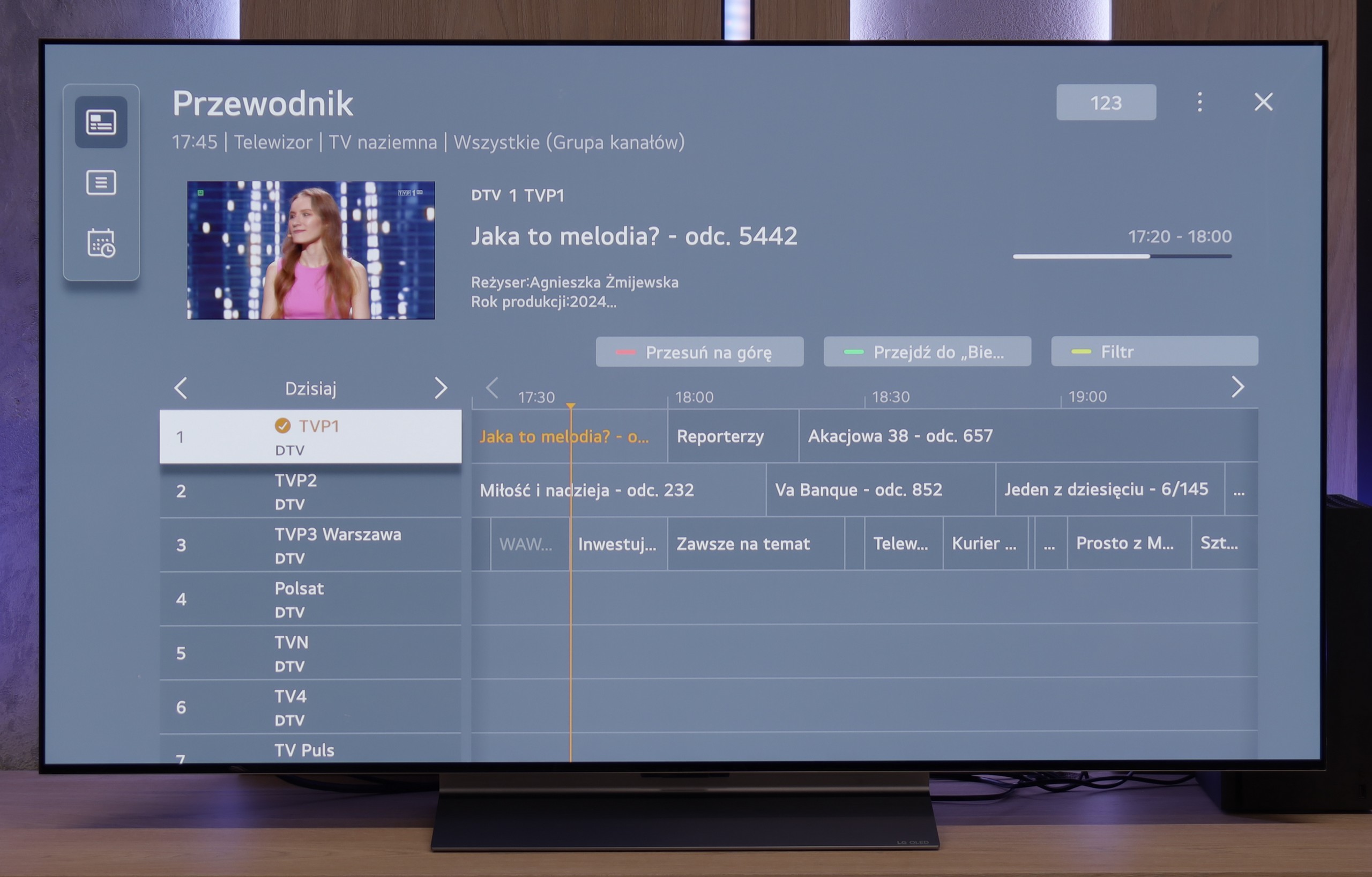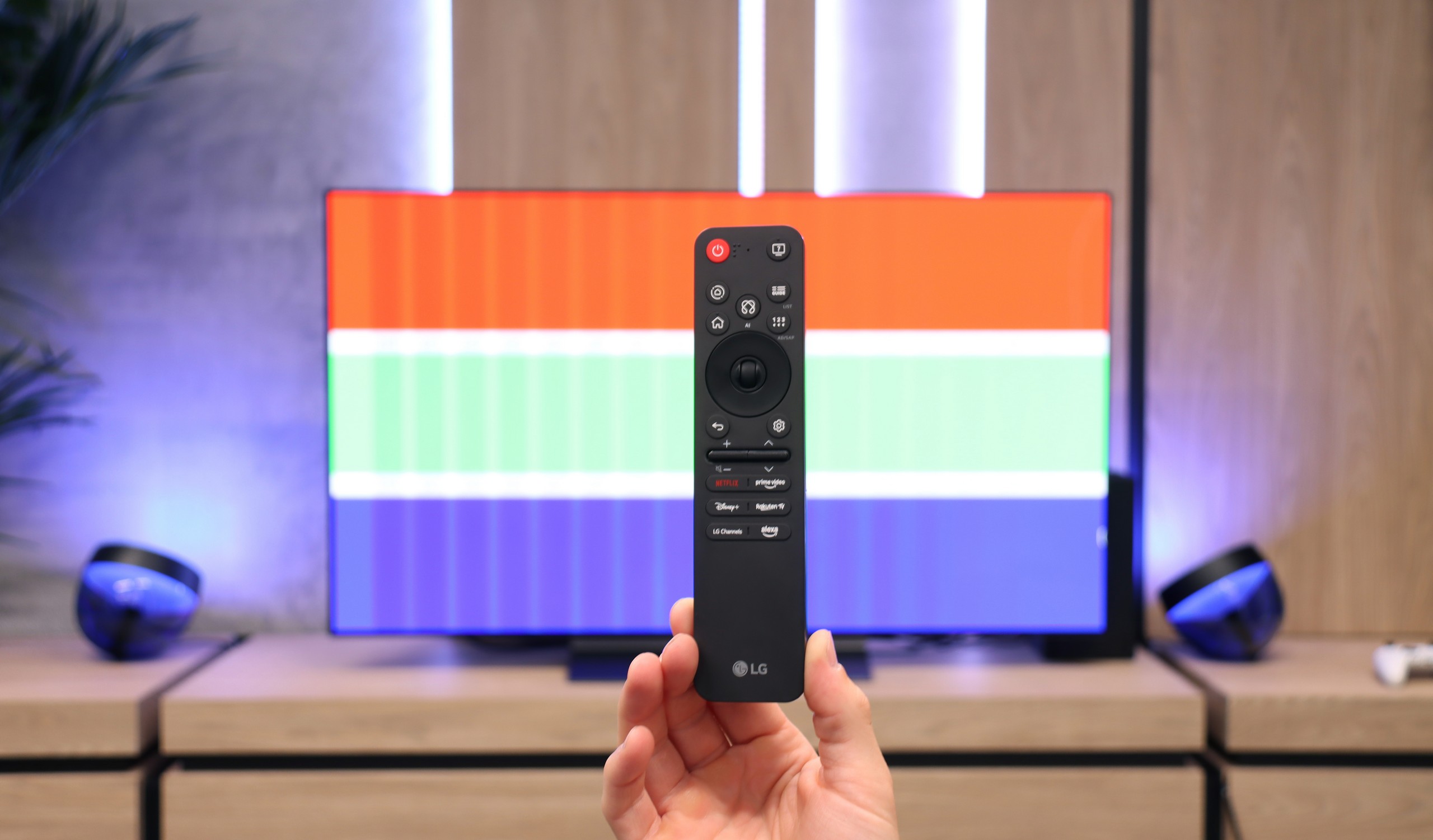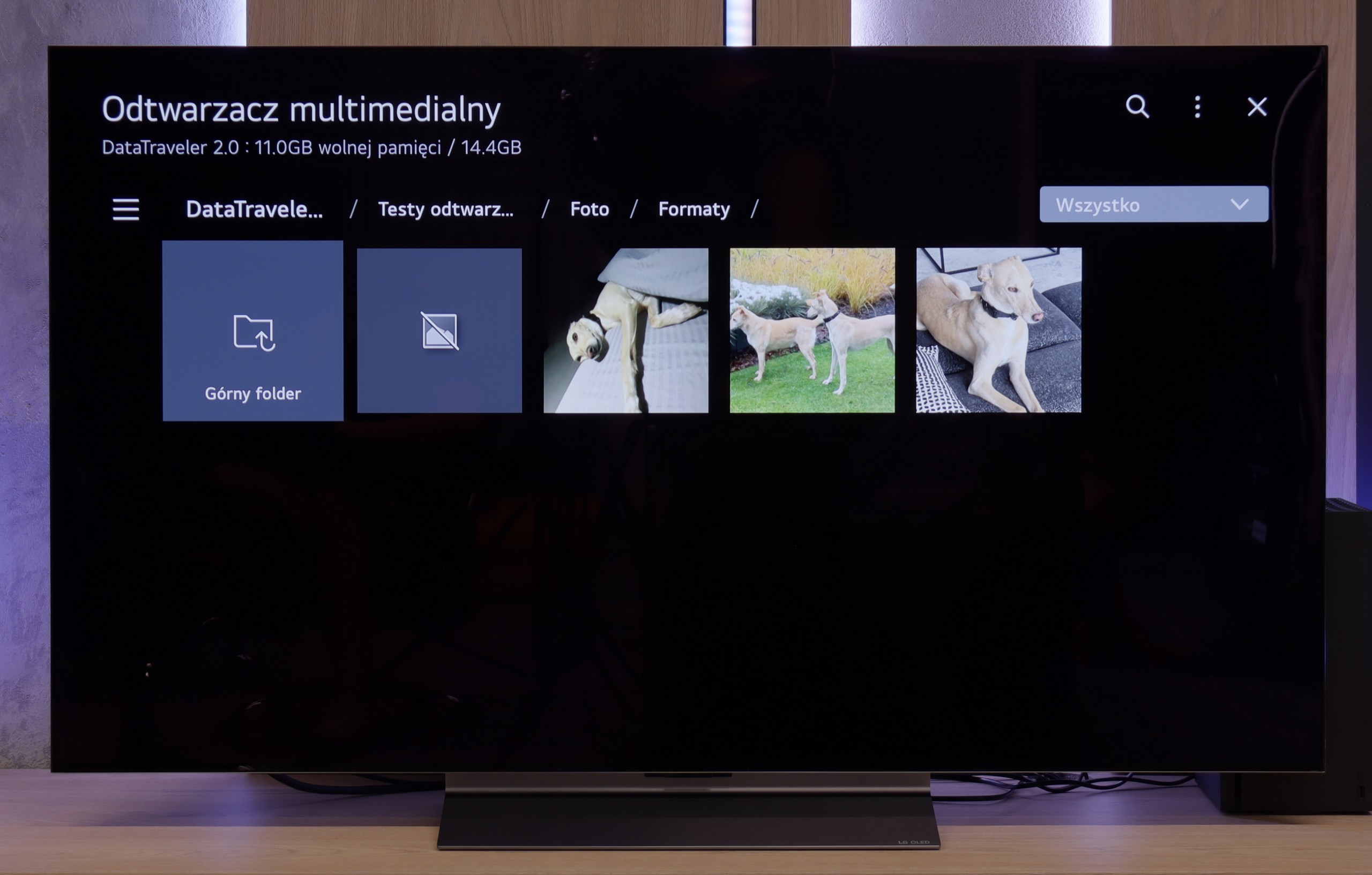LG’s long-standing proprietary WebOS system offers nearly all key applications, with only a few notable omissions like CDA and KODI. A standout feature is the motion-sensitive cursor, which appears when moving the remote, making tasks such as entering queries or passwords much easier. WebOS also supports screen mirroring, AirPlay, Polish voice search, and Bluetooth headphone connections. Uniquely, it allows simultaneous use of headphones and the TV speaker, a valuable feature for those with hearing impairments.
Sports enthusiasts will appreciate the match alert function, ensuring they never miss a game, while the home panel enables control of smart devices within the network—such as receiving laundry cycle completion notifications.
Overall, though WebOS may not be as widely recognised or versatile as Android TV, it delivers fast, stable performance and covers most essential functions, making it a reliable choice for users seeking a straightforward, effective TV operating system.
Classic TV Features:
In terms of classic television features, the LG C5 performs really well. Here we have the option to record programs to USB from built-in DVB-T(2) tuners, support for teletext, an EPG program list, as well as seamless pairing of headphones via Bluetooth. For many users, these are still very important elements of daily TV usage – and here LG does not lack anything except for the PIP function. It's worth noting the topic of the remote control, or rather... different versions of the remote. In our test, we used the C54 model, which came equipped with a new version of the Magic remote. It somewhat resembles Samsung's minimalist approach – lacking a numeric keypad or a "source" button, but it looks modern and is convenient for everyday use. On the other hand, other variants like the C5ELB may be sold with an older version of the remote – a more classic one, with a greater number of buttons and a numeric keypad. Some may consider it more practical, while others see it as outdated. In short: quite a bit of confusion, so it's worth checking the model suffix before purchasing.
Smart TV:
Regardless of the version of the remote, we operate the same system – WebOS. This is one of the most pleasant solutions in the world of Smart TV. The intuitive menu, fast performance, and support for popular features like AirPlay, screen mirroring, or voice assistant make the system very effective for daily use. Additionally, controlling the cursor using the gyroscope in the Magic remote remains one of the most convenient forms of navigation in televisions. There are really a lot of applications available – Netflix, Disney+, HBO Max, Apple TV, and many others. However, one must remember that this is not a system based on Android/Google TV, so it might happen that we simply won't find some less popular applications in the LG store.

